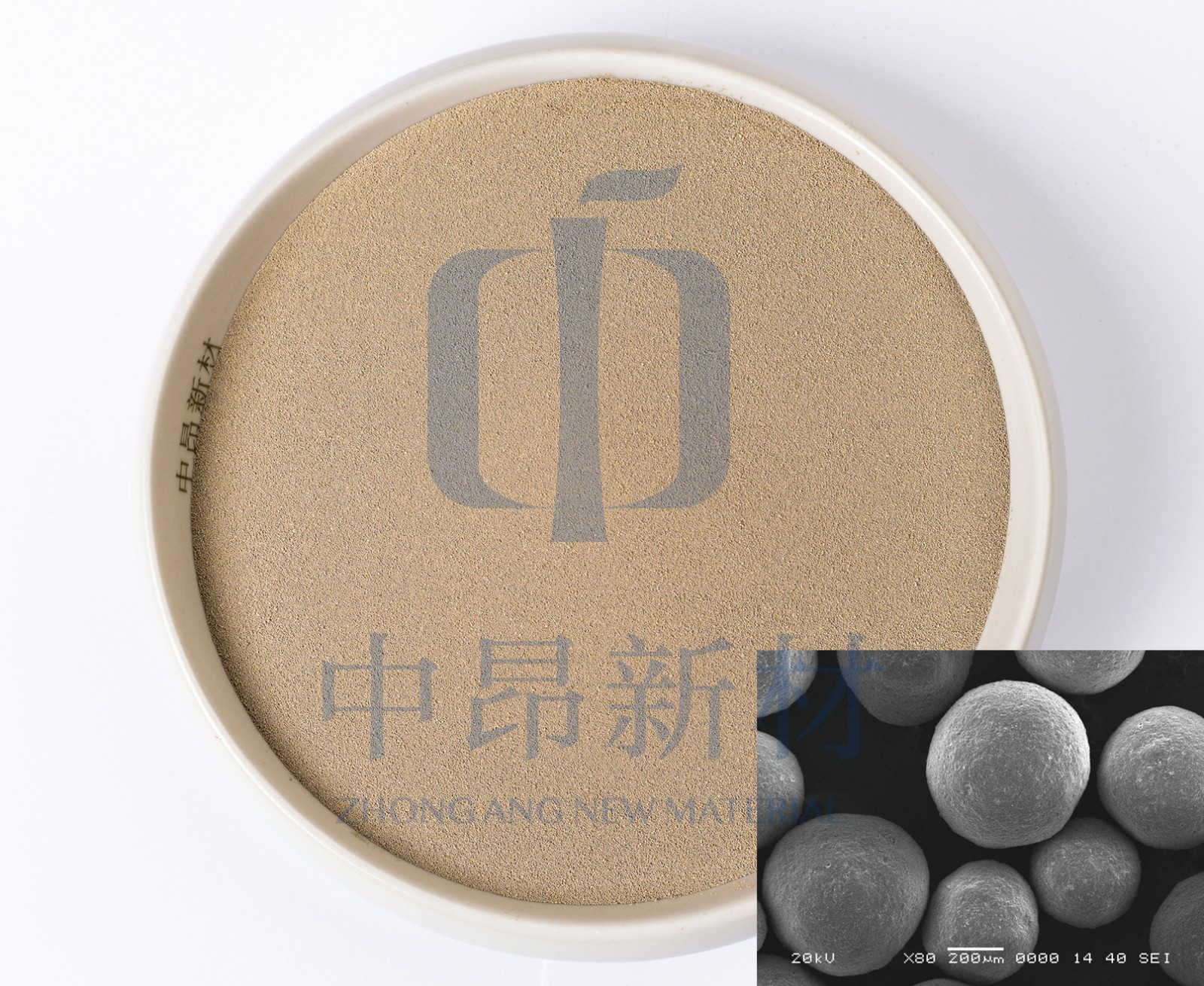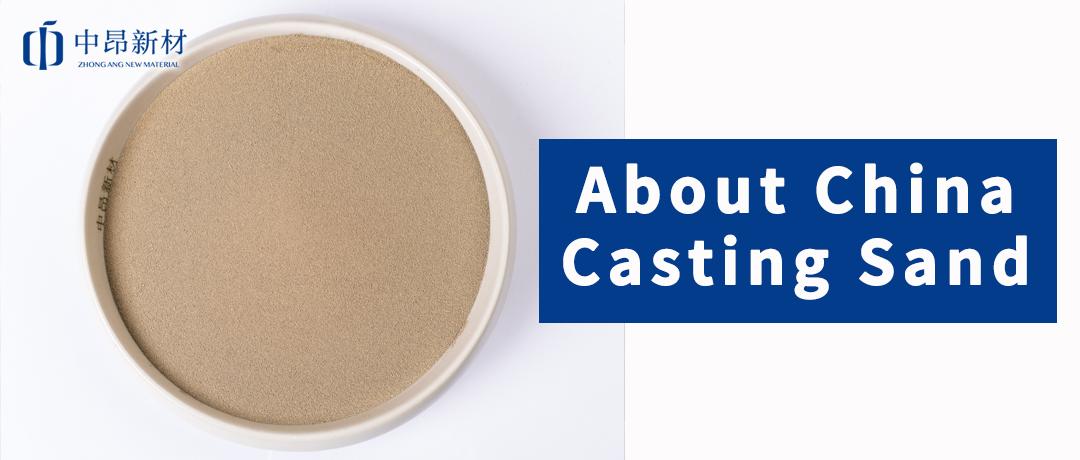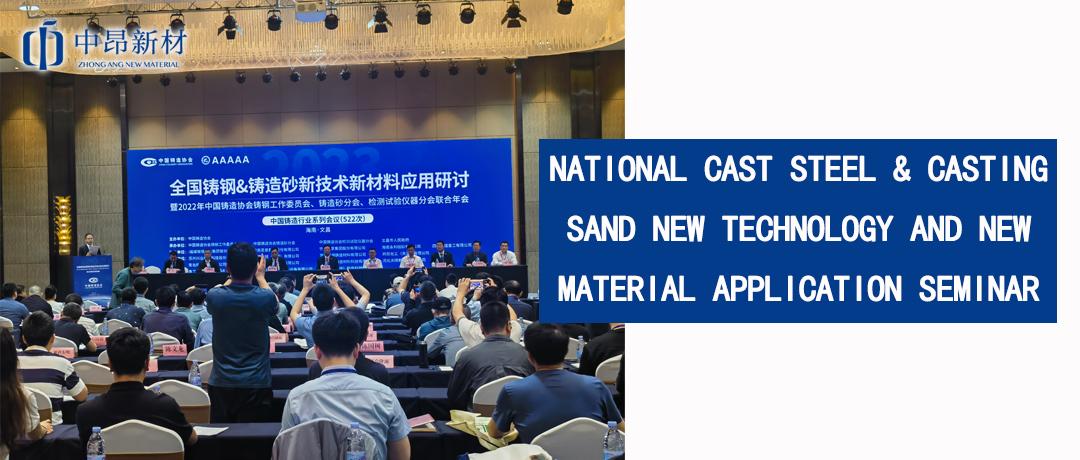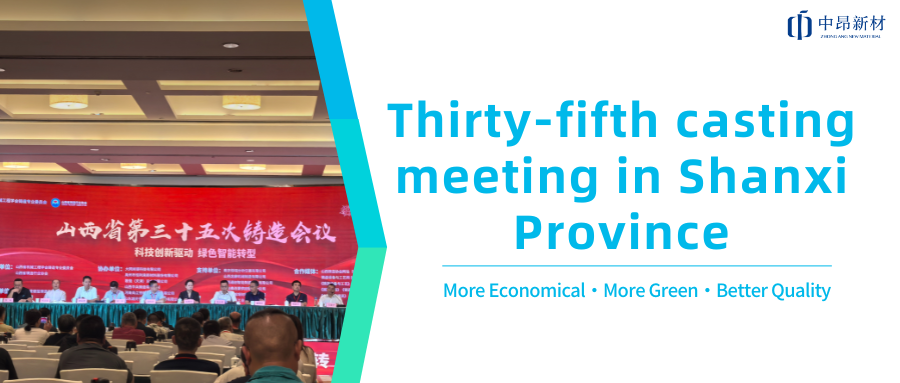CC ceramic sand, is a more common artificial sintered ceramic sand in recent years, which is made by raw material precision inspection, grinding homogenization, CNC batching, super forced granulation, high temperature sintering and precise grading, which shows the performance characteristics of high refractoriness, low thermal expansion, high sphericity, low density and strong wear resistance. After several years of promotion and application, CC ceramic sand has excellent performance in the process fields of cladding sand, cold core box, 3D printing, vanishing mold, furan self-hardening and environmental protection recycled sand.
With abundant raw material resources and low carbon and environmental protection production process, CC ceramic sand not only solves the problem of restricted mining and reduced reserves of natural silica sand due to policy reasons, but also is an ideal new foundry sand to replace molten ceramic sand and improve the quality of castings.

Advantages of CC ceramic sand
(1) High refractoriness: The refractoriness of CC ceramic sand can reach up to 1800℃, which is suitable for different materials such as stainless steel, alloy steel, carbon steel, ductile iron, gray iron, etc. It can effectively reduce the sand sticking to the casting and make it easy to clear the sand later.
(2) Low thermal expansion. The thermal expansion rate is much lower than that of silica sand and chromite sand, which is similar to that of fused ceramic sand, which can obviously improve the dimensional accuracy of the casting, reduce the defects such as casting veining and sand trapping, and have a high yield of the casting.
(3) High sphericality. CC ceramic sand is nearly spherical in shape, with angular coefficient ≤1.15, which not only has good fluidity and good filling, but also has tight shooting sand and high permeability of sand core.
(4) Lower density. The stacking density is small, and CC ceramic sand is more economical than fused ceramic sand to make the same sand core, which helps to reduce the production cost.
(5) High abrasion resistance: CC ceramic sand has good density and high strength, with Mohs hardness of 8-9, and can be recycled repeatedly, which reduces the amount of dust and solid waste emission in the process of use and is friendly to the environment.
Comparison of CC ceramic sand and other raw sand
(1) CC ceramic sand and silica sand
The physical properties of CC ceramic sand are better than silica sand, and the high temperature compressive performance and expansion performance are outstanding, which can avoid the sand core cracking due to expansion at high temperature and causing defects such as broken core and vein pattern, and the qualified rate is higher than that of silica sand castings;
Especially in the production of large cast steel parts, the phenomenon of sand sticking is significantly lower than that of silica sand, and the factory operating environment also waits for obvious improvement.
(2) CC ceramic sand and fused ceramic sand
CC ceramic sand refractoriness, thermal conductivity, thermal expansion rate and fused ceramic sand are similar, in the process of core making, filling and mold release is good, sand core shot sand tight; castings after sand cleaning, the internal cavity quality is comparable to fused ceramic sand process, significantly reduce the casting sand sticking;
CC vitrified sand has a density close to that of silica sand and is smaller than that of fused ceramic sand, so when mixed with silica sand, the degree of segregation will be smaller than that of fused ceramic sand, and the tendency of core curing and desiccation will be smaller.
Summary
1、Compared with silica sand and fused ceramic sand, CC ceramic sand has a broad application prospect and is more in line with the green low-carbon mainstream development direction;
2, CC ceramic sand for molding core process, to meet the process requirements, is conducive to improving the quality of castings and dimensional accuracy, is the ideal new material for molding.













